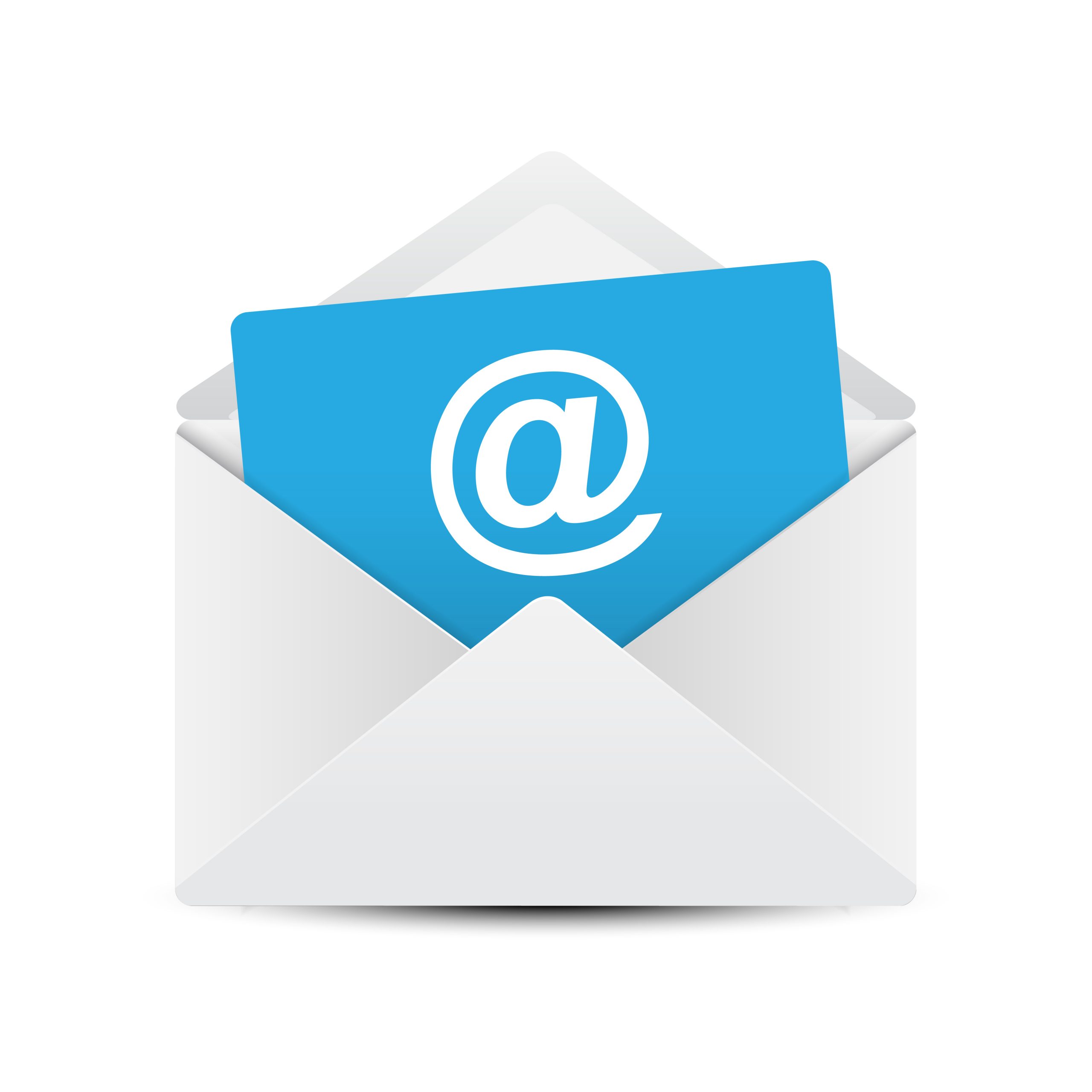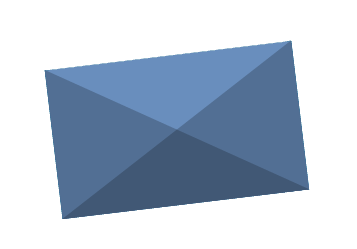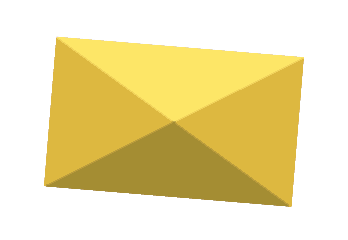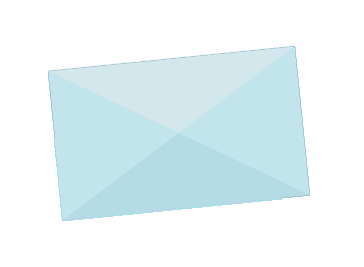The success story of emails
The first email was sent in the 70s, marking a new era of communication. Years later, a marketing manager at Digital Equipment Corp. sent the first commercial email to a few hundred people, and email marketing was born. Believe it or not, email marketing is still one of the most effective marketing channels. No matter if you are trying to sell a product, share the news, or simply want to tell a story, we can’t deny the impact a well-crafted email can have on a prospect or existing customers.
So, email marketing has been around forever, but what is the reason for the success of a decades-old technology?
The importance of email marketing
Effective email marketing campaigns should not only be personalized to the reader and filled with interesting facts to attract attention in busy inboxes; it must contain a meaningful Call-To-Action (CTA) button to steer the receiver into the right direction.

You’ve got mail


Generating an email list
Everything starts with building a sizable email list. A lead magnet like free downloads, eBooks, or access to specific videos can help you gain email subscribers. The content needs to provide a value or benefit to your audience in order for them to give you their email address.

Write great content
Once you have permission to send emails to your audience, it is your responsibility to produce helpful content. The consistency of your content plays an essential role in your future open rates. Quality content has the power to make your audience eagerly anticipate your emails, while emails without purpose could lead to a lot of people clicking the unsubscribe button.

Segment your list
When you perform a list segmentation, you are breaking your subscribers down into smaller groups based on specific criteria. This allows you to send a more targeted message which will make an email more relevant. Segmenting your list will also improve your email open rates as well as your click-through rates, and decrease the frequency of people unsubscribing.

Send autoresponders
An autoresponder is a sequence of emails that is triggered by a specific action. It will automatically send a pre-written email or series of emails to a segment of your email list. There is no universal rule when you should send autoresponders or how often, but highly effective autoresponder emails have a specific goal in mind like a welcome sequence or a promotion after a customer showed some interest. Try to address the needs of your subscribers as well as personalize the content as much as possible. Keep in mind to monitor the performance of your email autoresponder series regularly.

Improve opening rates
Even the most thought-out email cannot fulfill its purpose if it never actually gets opened. Several factors play a role in determining your opening rates. First and foremost, you have to overcome the hurdle not to end up in a spam filter. Avoid sending emails from a free email provider. Registering your own domain name doesn’t just provide you with the opportunity to create a website; it also allows you to create professional-looking email addresses, which increases your chances of keeping your emails from falling into spam folders. To optimize open and click-through rates, an eye-catching subject line is essential. It has to be a teaser of what the receiver can expect to read in the email and shouldn’t sound too cryptic. If your open or click-through rates drop, and your unsubscribe rate increases, you have to ask yourself where the problem could be and try different approaches. To keep your list up-to-date, it’s recommended to remove inactive subscribers periodically.

Timing and frequency
When and how often you send your emails can have a huge effect on the success rate of your email marketing. Figuring out the perfect timing can be a tricky task, and it will require some testing. Try to put yourself into your customers shoes: When would you like to receive an email and how often is too often?

Stay away from buying email lists
Purchased lists are ineffective and can ultimately damage your brand more than they will help. If you send emails to people who didn’t give you permission to send them an email, chances are your emails aren’t welcome in their inbox.
Note: Federal anti-spam laws require that you give people a way to unsubscribe from your list, therefore don’t forget to include an unsubscribe link.
Now, all you need is to register a domain name and get an email box or simply add an email box to an existing domain name. You can also sign up for Google’s G Suite, which not only allows you to create powerful email campaigns, but also comes with a lot of collaboration and productivity tools to help you establish and grow your business.

Your cornerstone to an effective domain name and brand management strategy.








![.AERO: Thinking outside the [cockpit] box](https://blog.101domain.com/wp-content/uploads/2019/08/AEROBanner-440x264.png)
